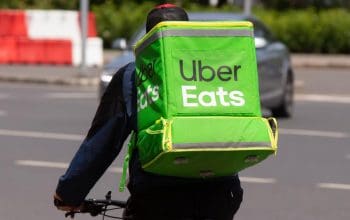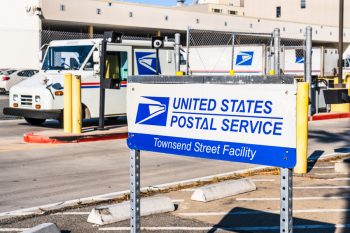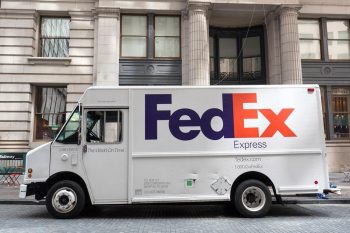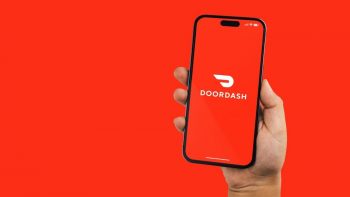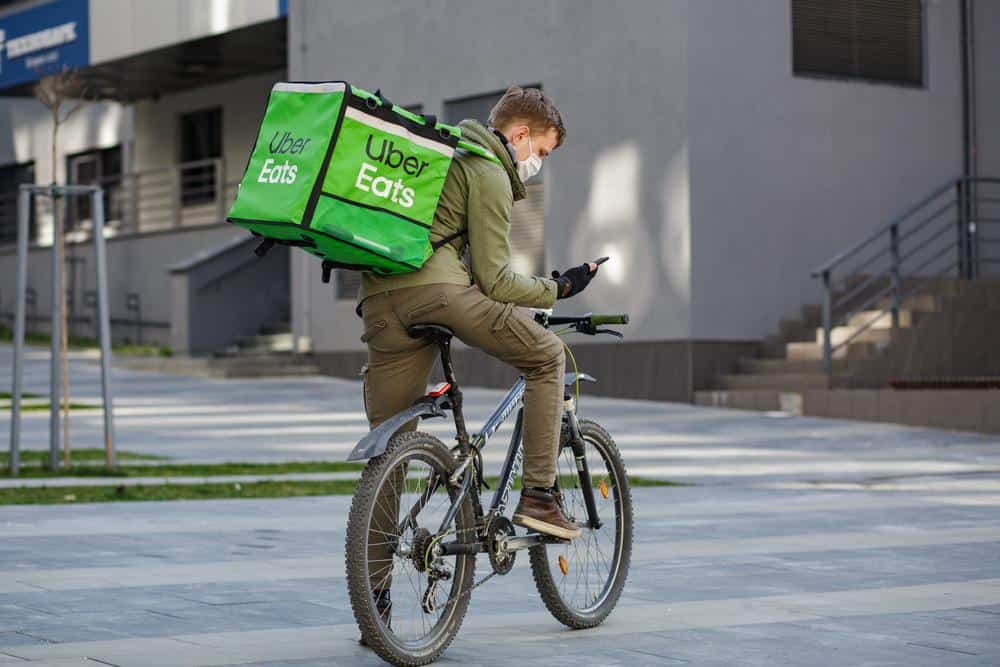
When it comes to earning potential in the gig economy, two of the most popular options are Uber and Uber Eats. Both platforms offer flexible work schedules and the opportunity to earn extra income. But which one pays more? In this article, we delve into the details, providing you with comprehensive information, examples, and statistics to help you make an informed decision.
Both Uber and Uber Eats offer potential earning opportunities, but the pay can vary significantly based on factors like location, hours worked, and individual performance. On average, Uber drivers tend to earn slightly more per hour than Uber Eats drivers. However, this can change based on surge pricing, promotions, and the specific circumstances of each driver. Therefore, it’s important for potential drivers to consider their own unique situation when deciding between Uber and Uber Eats.
Understanding the Earnings: Uber and Uber Eats
The earnings for Uber and Uber Eats drivers can vary significantly based on factors such as location, hours worked, and individual performance. According to Indeed, Uber Eats drivers in the United States earn an average of $17.31 per hour before taxes and expenses like gas and vehicle maintenance. On the other hand, Uber drivers in the U.S. make an average of $15 to $22 per hour, according to Salary.com.
However, these are averages and actual earnings can vary. For instance, ZipRecruiter reports that the national average salary for Uber Eats drivers in 2023 is $39,448 a year, or $19 per hour if drivers work a standard 40-hour work-week. Meanwhile, Stilt reports that Uber drivers in the U.S. average $38,002 yearly.
Factors That Determine Earnings
The earnings of Uber and Uber Eats drivers are determined by a variety of factors. This includes base fare, time and distance of trips, promotions, tips, and surge pricing during high-demand periods. The type of vehicle a driver uses can also affect earnings. For instance, drivers with special car features can unlock ride categories like UberXL and Uber Black, which earn higher fares.
Operating Costs
Operating costs for Uber and Uber Eats drivers can be categorized into two main areas: costs associated with the operation of the vehicle and costs associated with the operation of the business. These costs can include fuel, maintenance and repairs, insurance, depreciation, vehicle payments, self-employment taxes, health insurance, cell phone and data plan, and miscellaneous expenses.
Peak Hours and Surge Pricing
Peak hours and surge pricing significantly affect the earnings of both Uber and Uber Eats drivers. During these times, the demand for rides or food delivery is high, and surge pricing goes into effect, increasing the price of a ride or delivery. This added price from surge pricing goes directly to the drivers, making it a great opportunity to increase their income.
Pros and Cons of Working for Uber vs Uber Eats
Both Uber and Uber Eats offer flexible work schedules and the potential to earn extra income. However, they also come with their own unique challenges. For instance, Uber drivers may have to deal with difficult passengers and the wear and tear on their vehicles. Uber Eats drivers, on the other hand, may have to deal with long wait times at restaurants and lower pay.
Conclusion
While the average hourly rates suggest that Uber drivers might earn slightly more than Uber Eats drivers, the actual earnings can vary significantly based on various factors. Therefore, potential drivers should consider their specific circumstances, including their location, the hours they can work, and their ability to take advantage of promotions, when deciding between driving for Uber or Uber Eats.
Frequently Asked Questions
Are there any special requirements to become an Uber or Uber Eats driver?
Yes, there are specific requirements for each platform. For Uber, drivers must be at least 21 years old, have a valid driver’s license, proof of vehicle registration and insurance, and a clean driving record. For Uber Eats, drivers must be at least 19 years old (18 for bike delivery), have a valid driver’s license and insurance, and at least one year of driving experience.
Can you work for both Uber and Uber Eats simultaneously?
Yes, drivers can work for both Uber and Uber Eats. In fact, some drivers switch between delivering passengers and food depending on demand and personal preference.
How does the payment process work for Uber and Uber Eats drivers?
Uber and Uber Eats drivers get paid on a weekly basis. The payment is directly deposited into their bank account. They can also choose to cash out their earnings up to five times a day with Uber’s Instant Pay feature.
Are there any benefits provided by Uber to its drivers?
While Uber drivers are considered independent contractors and not employees, Uber does offer some benefits like discounts on car maintenance, health insurance options, and education opportunities through the Uber Pro program.
Can Uber or Uber Eats drivers refuse a trip or delivery?
Yes, drivers have the freedom to accept or decline a trip or delivery request. However, consistently declining requests could potentially affect their account standing.






